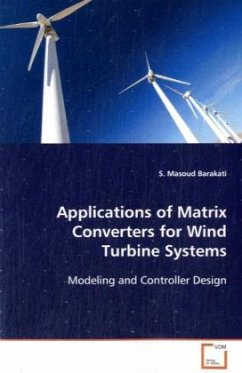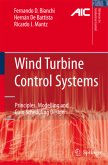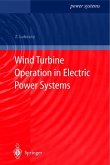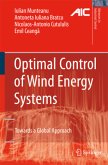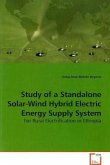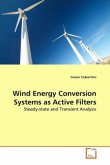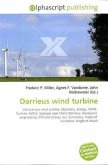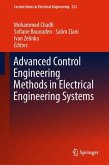A grid-connected wind-energy converter system
including a matrix converter (MC) is proposed. Two
dynamic models are addressed: MC dynamic model, and
proposed wind turbine system overall model. The MC
dynamic model is valid for both steady-state and
transient analyses. In developing the system overall
dynamic model, individual models of the aerodynamic
conversion, drive train, MC, and induction generator
are developed. The constraint constant V/f strategy
is included in the final dynamic model. The model is
intended to be useful for controller design
purposes. The model dynamic behavior is investigated by simulating the response of the overall model to
step changes in selected input variables. Moreover,
a linearized model is developed at a typical
operating point, and stability, controllability, and
observability of the system are investigated. Two
control design methods are adopted for the design of
the closed-loop controller: a state-feedback
controller and an output feedback controller.
Finally, a maximum power point tracking method,
referred to as mechanical speed-sensorless power
signal feedback, is developed for the system.
including a matrix converter (MC) is proposed. Two
dynamic models are addressed: MC dynamic model, and
proposed wind turbine system overall model. The MC
dynamic model is valid for both steady-state and
transient analyses. In developing the system overall
dynamic model, individual models of the aerodynamic
conversion, drive train, MC, and induction generator
are developed. The constraint constant V/f strategy
is included in the final dynamic model. The model is
intended to be useful for controller design
purposes. The model dynamic behavior is investigated by simulating the response of the overall model to
step changes in selected input variables. Moreover,
a linearized model is developed at a typical
operating point, and stability, controllability, and
observability of the system are investigated. Two
control design methods are adopted for the design of
the closed-loop controller: a state-feedback
controller and an output feedback controller.
Finally, a maximum power point tracking method,
referred to as mechanical speed-sensorless power
signal feedback, is developed for the system.

